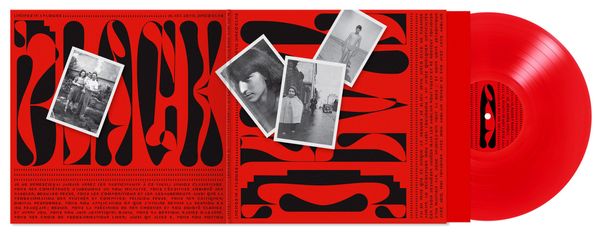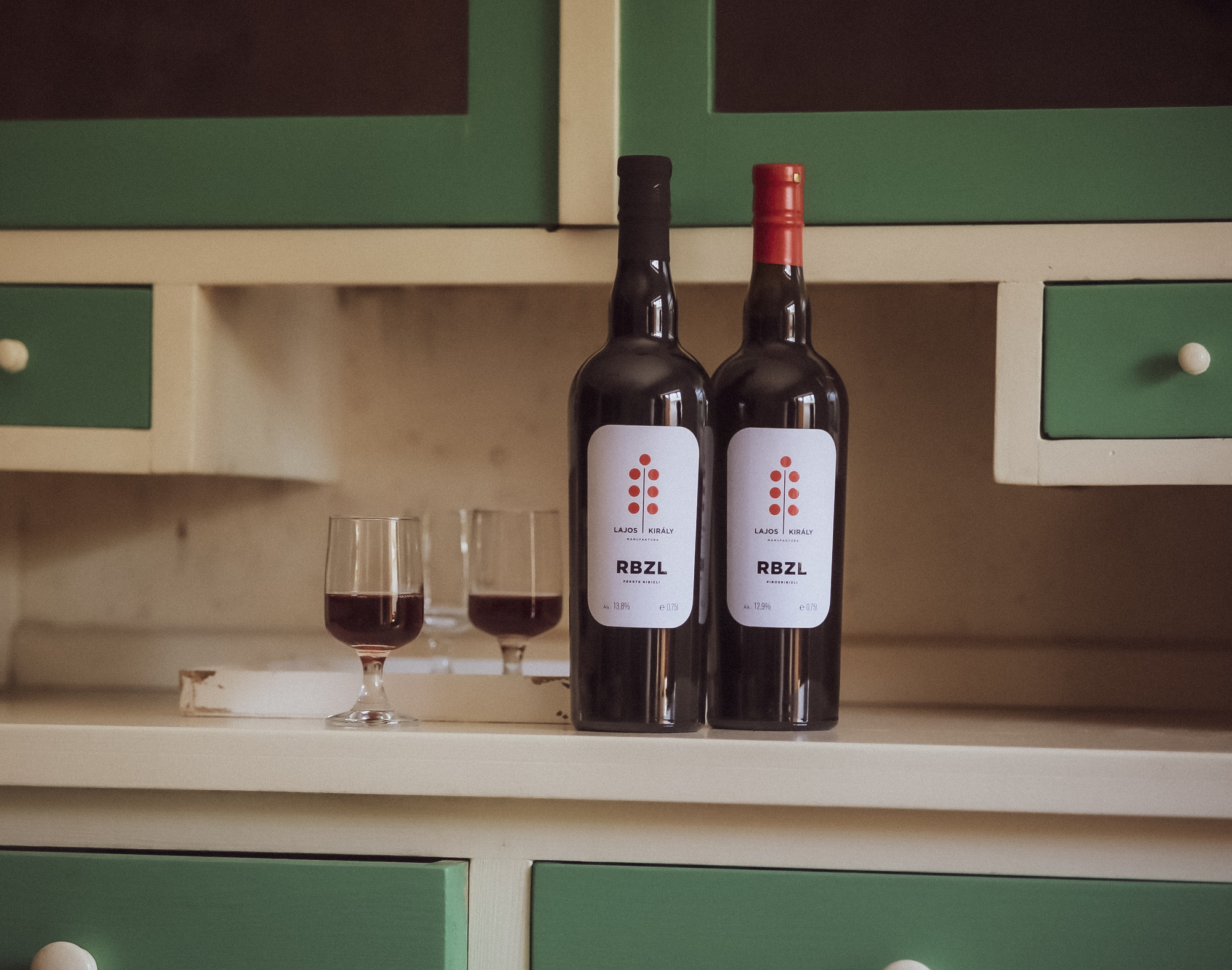Dávid Király inherited the land on which he grows black, red and white currant and makes wine of them using traditional methods from his grandfather. Lajos-Király Manufaktúra creates a new tradition in Verpelét, the village of wine and melodies, known the most for its Welschriesling – Dávid and his manufactory spice things up with their extraordinary currant wines. Interview!
Family heritage
The story of Lajos-Király Manufaktúra started with horticulturalist Lajos Bernáth, Dávid’s grandfather, who was engaged in currant growing for long years. The members of their family and the grandchildren spending their summer holidays also joined the harvests many times. Dávid took part in his first harvest at the age of eleven – from then on, he and his brother spent every summer at their grandparents, and as a high school student, he also organized the mechanized harvests in part, on eleven hectares. They primarily grew the currant for sale, and sold it on the market – they didn’t really think about processing it at the time. However, one year, they had a record hitting amount of currant grown, and so they had to do something with the “surplus.” They turned it into wine. Grandpa Lajos only made currant wine for his and his family’s pleasure, and the majority of the produce was still sold at the market. After the grandfather’s death in 2012, the grandmother took on the lands.

During this time, Dávid was still living and working in Budapest as a chef. After school, he gained experience at the restaurant Náncsi néni vendéglője. Later he joined the team of Zeller Bisztró, and then worked for Café Alibi operating at Egyetem tér for a while. In 2015, he decided to move back home to Verpelét and to continue what his grandfather started back in the day.
They fine-tuned the recipe of the currant wine to adjust it to current taste over several years. Dávid and his father completed the winemaker school together, and they continuously apply the professional knowledge gained there in practice.
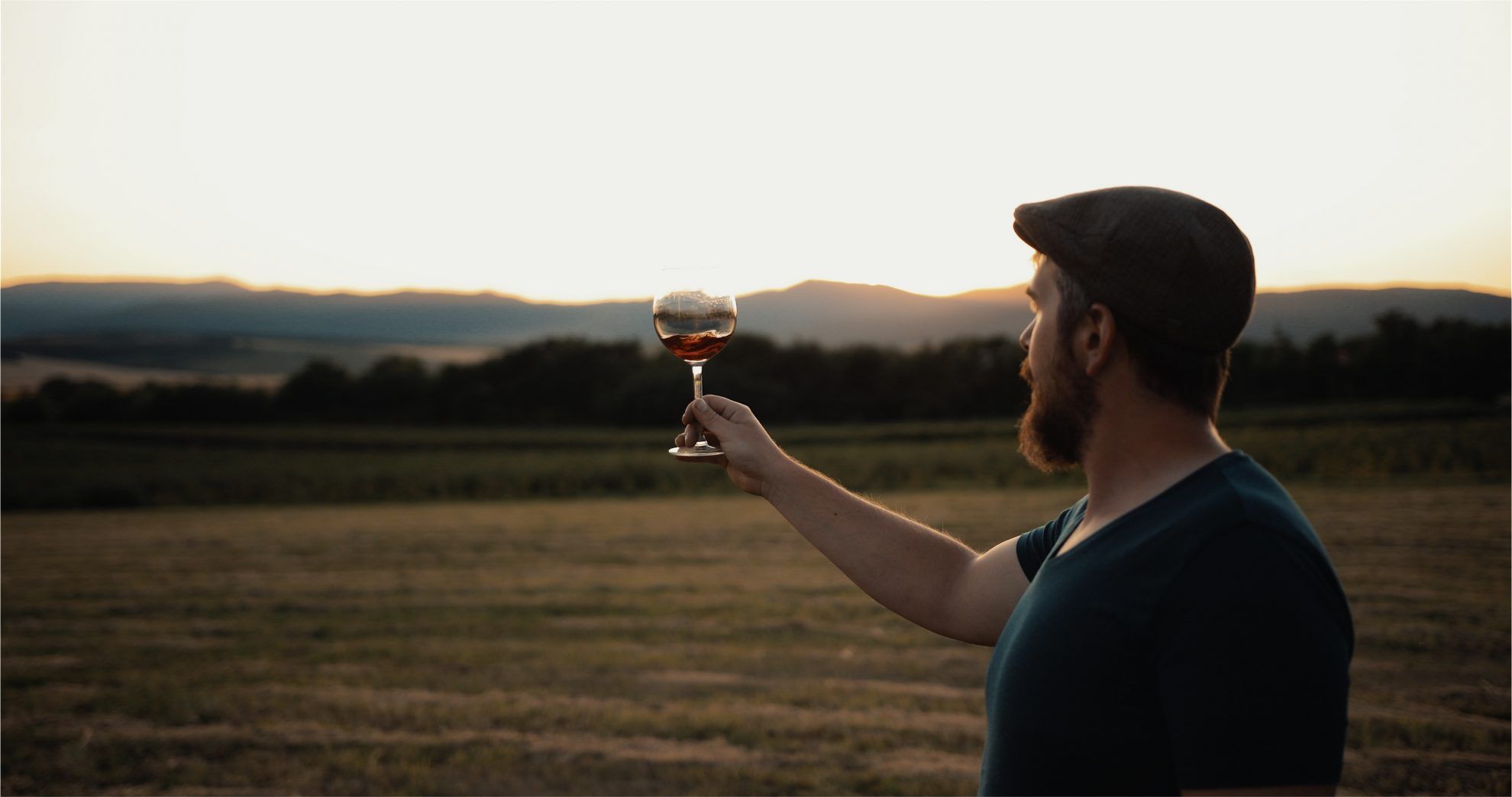
“If she gets through a season with me, I’ll marry her”
Dávid met her future wife in 2017, who worked as a phytopathology consultant in Eger. Dávid promised Sziszi joining the everydays of the family business that if she got through a season with him, he would marry her.
The tasks are divided up between the couple, thus opening a new chapter in the life of Lajos-Király Manufaktúra: Dávid focuses on the vineyard, Sziszi is in charge of paperwork and management, and they raise their son, Boldizsár together. Another permanent “member” of the family is the gorgeous Barkas accompanying the team to festivals and events. Due to the Coronavirus epidemic, the number of these events was considerably less this year, but life hasn’t stopped at the estate in Verpelét: Dávid spent the majority of his time at the currant plantation, and Sziszi acquired the know-how of social media management. Strictly speaking, the business is run by the two of them, but many times other family members also help them out: Dávid’s grandmother still leads an active life unto this day, and if needed, the parents also take over some burdens, may it be harvesting or babysitting (just as it happened during our interview – the Ed.).
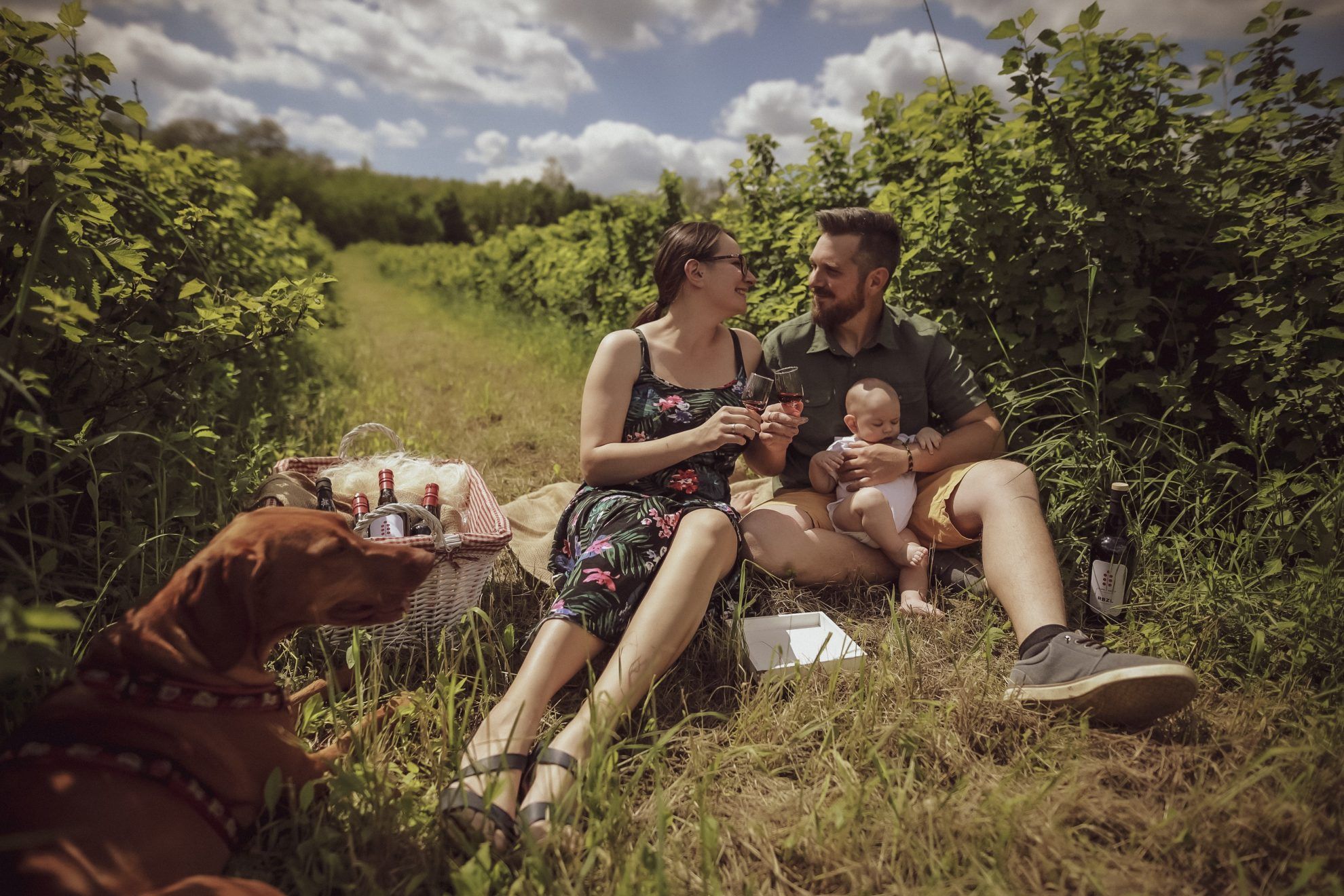
Dávid and Sziszi decide over every matter together: they are continuously thinking and are full of ideas. Even though they sometimes miss the urban milieu, they don’t regret moving to Verpelét at all, as from there, they get to see the entire Mátra Mountains, and their life is far from boring, especially in harvesting season.
It’s not grape, it’s currant!
Lajos-Király Manufaktúra wanted a logo that could represent this extraordinary beverage in a worthy manner from the very beginning. The owners wanted to associate currant with a clean, easy-to-recognize sign, with something that’s hard to mistake for the quite frequent grape bunch illustrations.
The minimalist and elegant logo was designed by the uncrowned king of wine labels, Géza Ipacs, with whom they managed to get to common grounds at their very first meeting. Approx. a month later, they accepted the currant pictogram built on simple, geometric forms proposed by Géza and the sign made of sans-serif, grotesque fonts coming hand in hand with it. By the way, Lajos-Király Manufaktúra (translated as King Louis) has nothing to do with Louis XIV of France, or at least Dávid and his family has no knowledge of the French ruler being related to currant in any way whatsoever. It was Géza’s idea to incorporate the Sun King, even if only for the sake of a visual punch line, given that this association seems so self-evident for everyone.
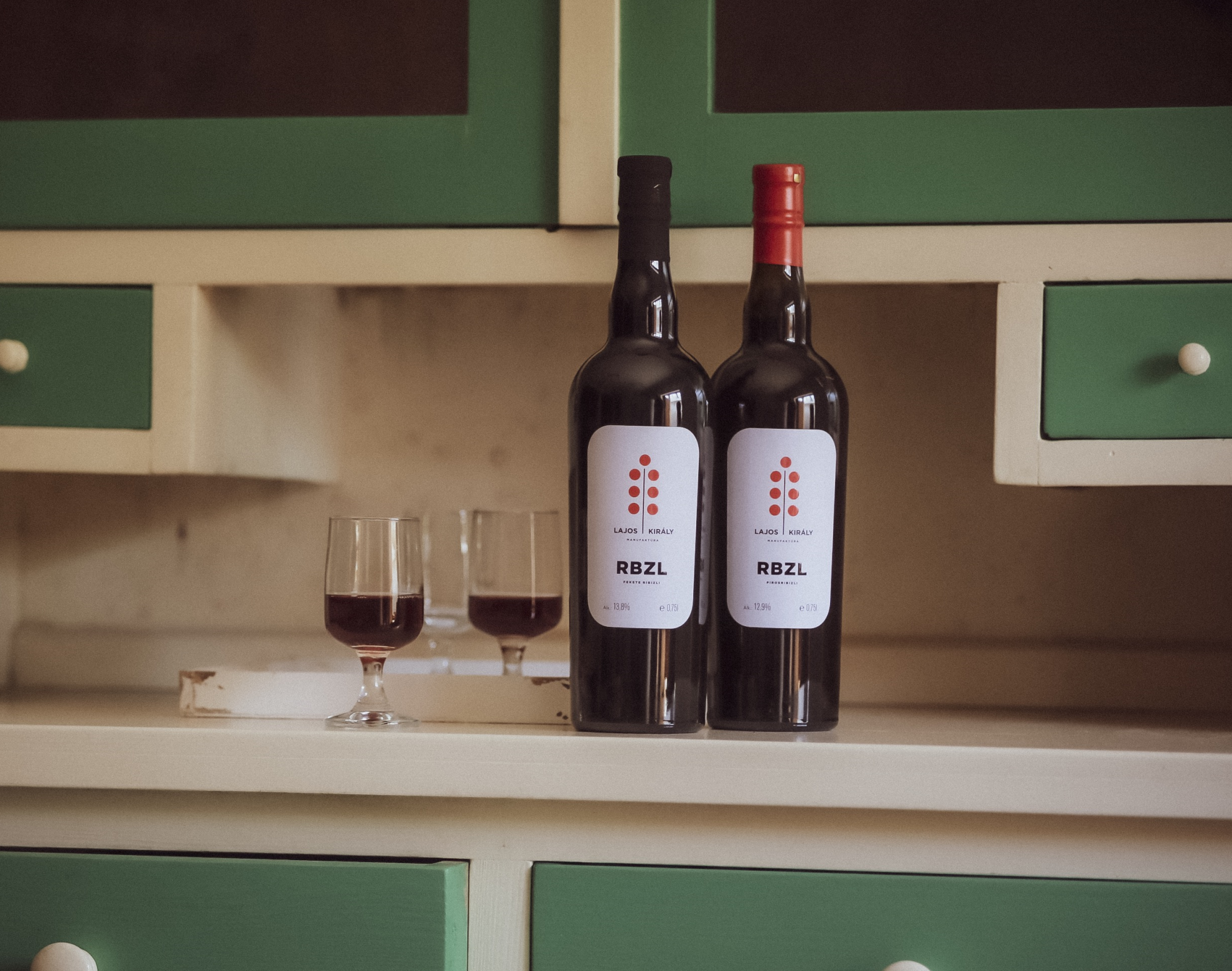
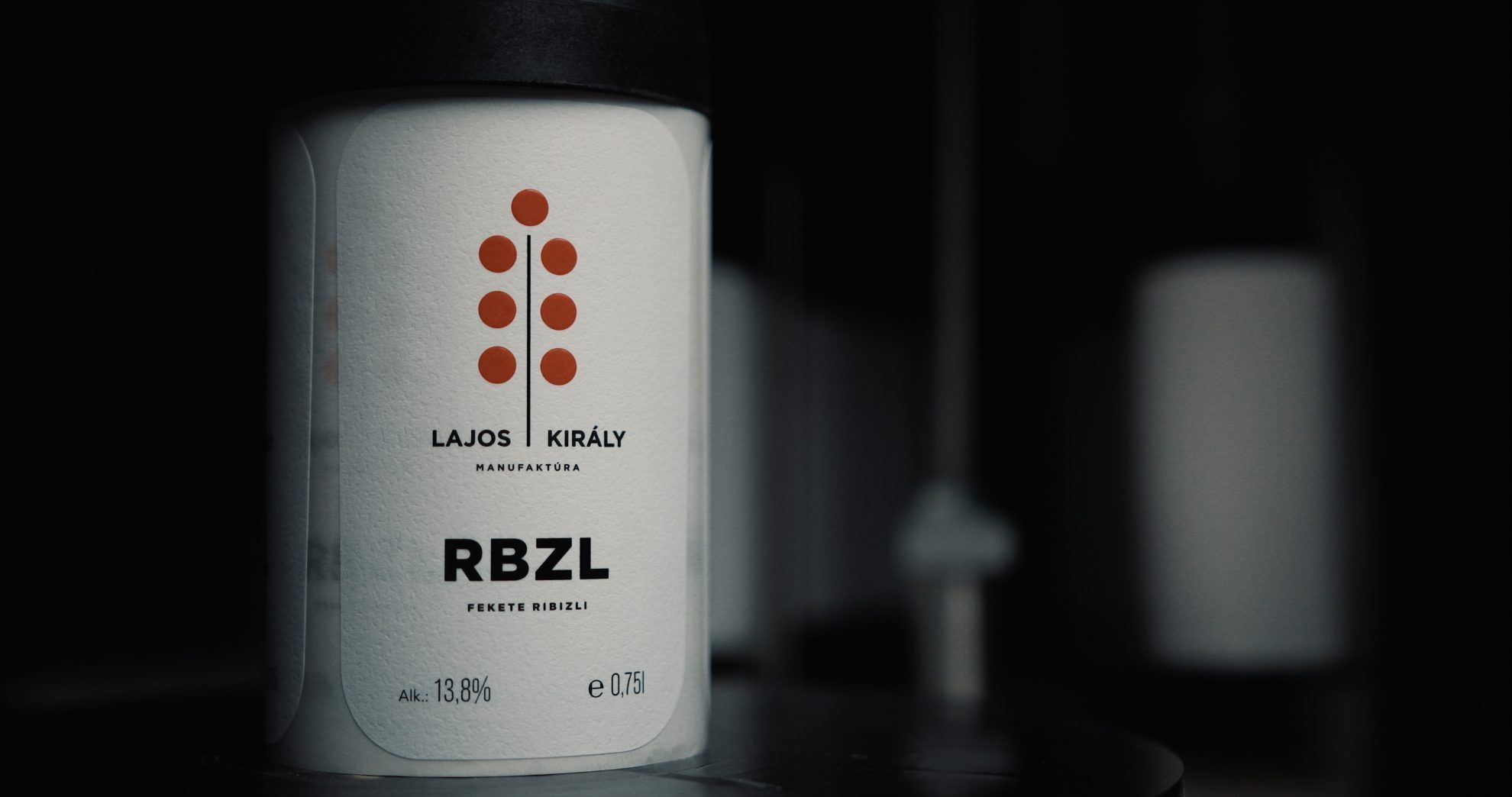
Reduction and manual tamping
They bottle approximately 5-7000 liters of currant wine each year. They pour the fruit wine into Porto-style bottles, shipped from France, and they seal the characteristic, dark bottle with re-closeable Portuguese-type corks. The shape of the bottle itself hints at the content being something extraordinary.
Dávid and his family grow red, white and black currant, and they currently make two types of wines out of them. One of them is the red currant wine, produced with a reductive method, which means they strive to protect the juice of the pressed and fermented fruit. This method results in a fresh, fruity wine. The other type is the black currant wine: it is more full-bodied, resembling red wine, and is made in a fermentation tub, with so called manual tamping: the ground currants are fermented in the container together with the fruit skin. The content of the tub needs to be stirred several times a day for three to four weeks, and the valuable, dark toned nectar is only pressed and bottled thereafter.

Fruit wine needs to be taken seriously, too
Many people tend to believe that fruit wine is, as a matter of fact, not wine, only over-thought fruit juice, and so they don’t take it seriously – Dávid and his family are aware of this fully. So they have their work cut out for them. It’s not a coincidence they have set the bar so high: they supervise the processes of not only production and processing, but sales, too, and if possible, they try to do all this in the most eco-conscious manner possible. They pay attention to not to damage the soil unnecessarily while working on the land, they have minimized their use of chemicals over the years and they are gradually switching to bio-farming. At festivals, they only offer tasting from glass cups – partly to keep waste at the minimum and partly to do it in style.
Even though ordinary people might be sceptic about fruit wines, Sziszi and Dávid insist that high-quality and serious wines cannot only be made from grape.
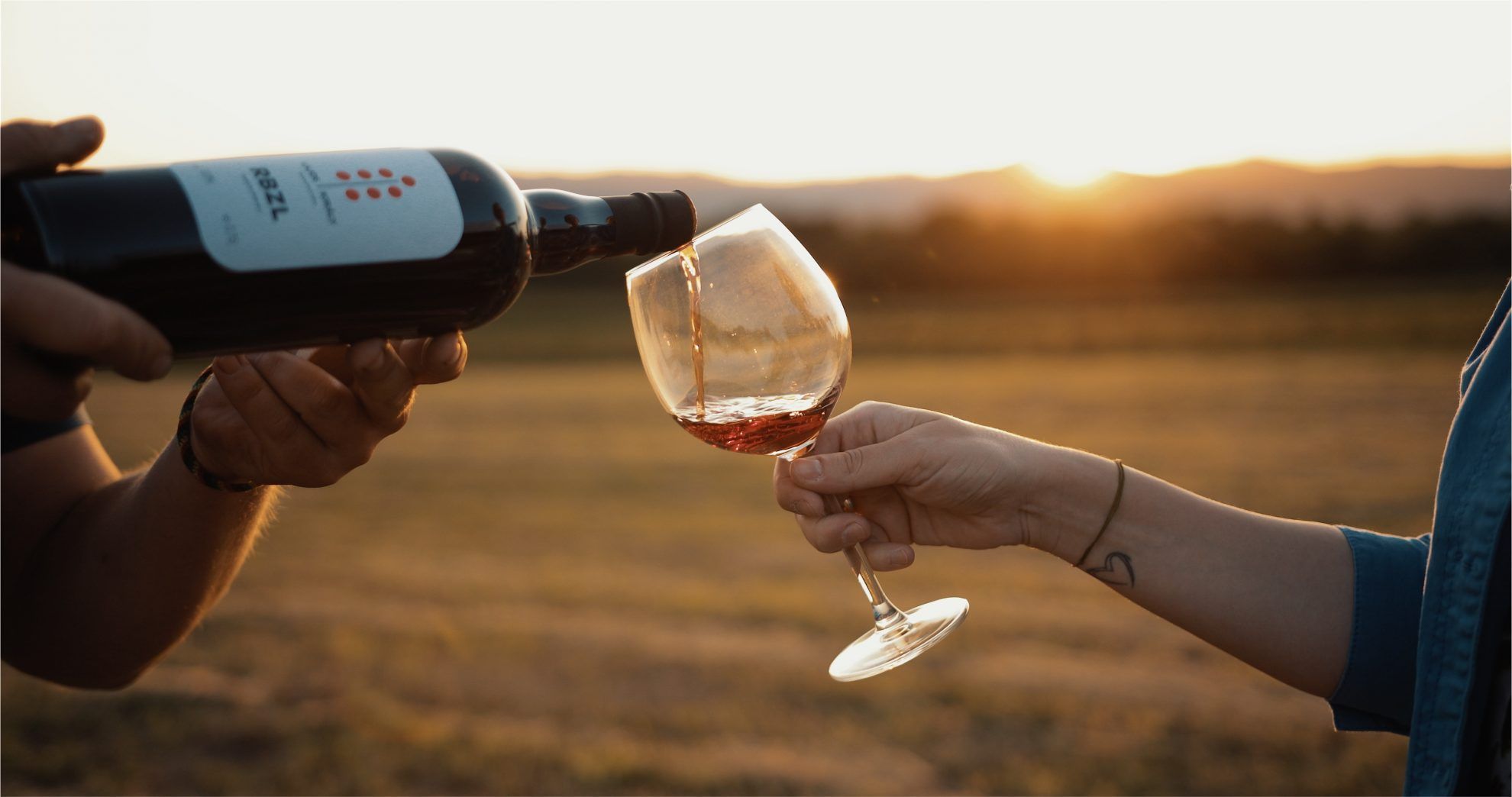
Where can we taste it?
The wines of Lajos-Király Manufaktúra are available at many restaurants in Budapest and in the countryside, too: their partners include Borssó Bisztró in Budapest, Platán restaurant in Tata, Macok Bisztró in Eger, but you can also taste their products at Bambara Hotel in Felsőtárkány. On top of it all, the bottles are also on the shelves of Sopron’s first packaging free store, Dekagramm. You can also place your orders directly with Dávid and his family, via their online store!
Photos: Árpád Pintér, Bence Boros
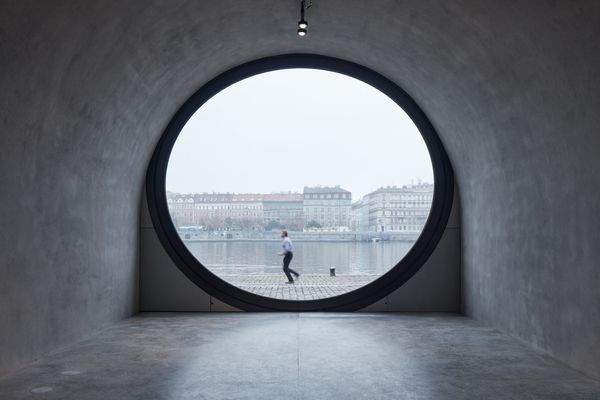
Prague’s riverfront came to new life
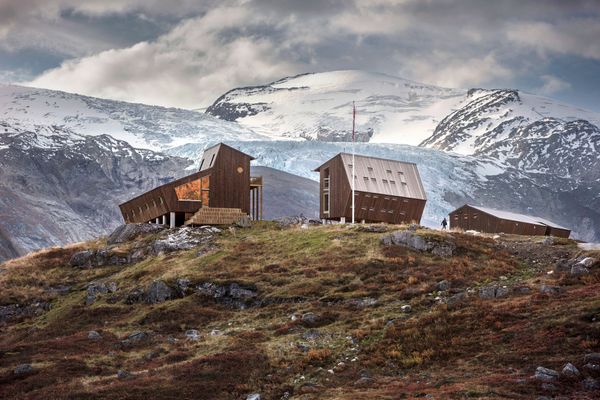
Pentagonal cabin complex | Snøhetta
